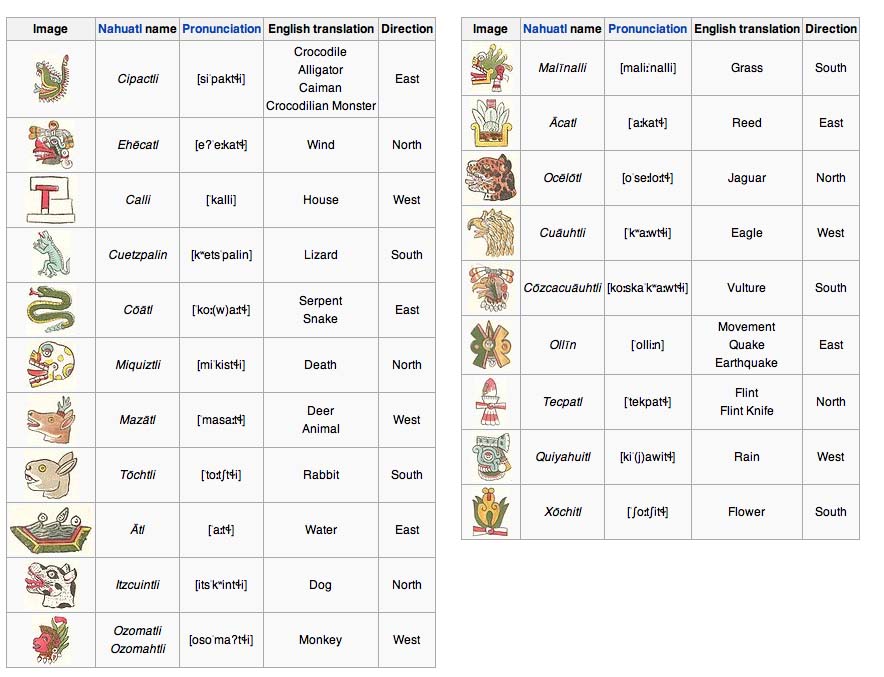Nahuatl
Classical Nahuatl, also known simply as Nahuatl, is a language belonging to the Uto-Aztecan language family, primarily spoken by the Nahua peoples of central Mexico.

It served as the lingua franca of the Aztec Empire and was widely spoken across Mesoamerica during the pre-Columbian era. Classical Nahuatl is renowned for its complexity, richness, and literary tradition, with a vast vocabulary and intricate grammatical structures.
The language is characterized by its extensive use of compounding and derivation to create new words and concepts, as well as its incorporation of metaphorical and symbolic elements. Nahuatl is also notable for its polysynthetic nature, with words often consisting of multiple morphemes that convey complex meanings. The written form of Classical Nahuatl was primarily represented using a combination of logographic and phonetic glyphs, with the most famous example being the Aztec pictorial writing system known as tlacuilolli.
Despite the Spanish conquest of Mexico and subsequent colonization, Nahuatl has survived to the present day and continues to be spoken by millions of people in Mexico and Central America. Through its rich literary tradition, profound cultural significance, and enduring presence, Classical Nahuatl stands as a testament to the resilience and vibrancy of indigenous languages and cultures in the Americas.

Spanish Conquest
The arrival of the Spanish in Mesoamerica profoundly affected the Nahuatl language and its speakers in various ways. With the Spanish conquest came widespread colonization, forced conversion to Christianity, and the imposition of Spanish as the dominant language of administration, education, and culture. As a result, Nahuatl underwent significant lexical and phonological changes, as many Spanish loanwords entered the language, particularly in areas related to religion, governance, and technology.
Additionally, Spanish influence led to the adoption of the Latin alphabet for writing Nahuatl, replacing the traditional pictorial script. Despite these pressures, Nahuatl persisted as a spoken language among indigenous communities, albeit with varying degrees of bilingualism and language shift. Moreover, the interaction between Nahuatl and Spanish gave rise to a unique linguistic phenomenon known as “Mexican Spanish,” characterized by the incorporation of Nahuatl words, expressions, and grammatical structures into Spanish.

Resources
